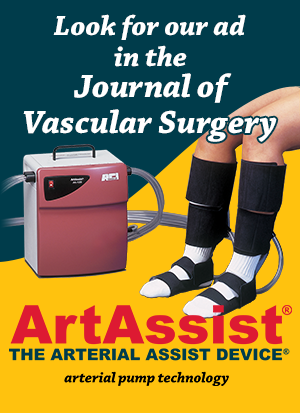These days, intermittent pneumatic compression therapy is being used to treat edema, prevent deep vein thrombosis, and, more recently, similar devices have emerged claiming to treat peripheral arterial disease, a serious result of poor circulation in the limbs.
Some device manufacturers will tell you, “Hey, this pump that we use to prevent DVT and reduce edema can ALSO be used to treat arterial disease if you just kick the pressure up a notch.” Or at least they think so. It’s still a compression pump, right? And this DVT/edema/arterial pump will kill two birds with one stone, right? So why not?
The biomedical engineers here at ACI Medical and the vascular surgeons they work with can set this straight: the simple answer is that, since arterial disease and venous disease are inherently different, they should be treated differently.
The companies that just modify lymphedema and DVT pumps and claim these systems can prevent amputations caused by peripheral arterial disease do so without much evidence to back them up. Do their pumps work? Maybe. Is that good enough? Come on.
The team that developed ArtAssist®…the Arterial Assist Device® for ACI Medical approached the arterial pump concept very differently. They realized early on that the new concept of treating peripheral arterial occlusive disease with non-invasive arterial pump compression therapy deserved a lot more thought. With that, they started from scratch and set these goals:
Understand the underlying physiology of increasing arterial blood flow
Design a device based on this understanding
Determine the long-term clinical benefit(s) to patients with critical limb ischemia
Starting in the early 1990’s, ACI Medical’s team of biomedical engineers and vascular surgeons began a thorough progression of research and clinical trials that started with incorporating their most promising findings into the design and function of the ArtAssist® device.
Today, doctors from all around the country (and even some in other countries) prescribe this optimized arterial pump to their non-operable PAD patients because they know how critical it is for threatened limbs to receive optimized therapy that’s been proven to work again and again.
So it’s time for me to put up or shut up – view study abstracts on the ArtAssist® device at this link:
http://acimedical.com/artassist/clinical-studies/
My suggestion: start with the History and Literature Review and our Scientific Brochure.
Then, call ACI Medical at our toll free number (888) 453-4356 or email Don, our Director of Sales & Marketing, at info@acimedical.com to talk to a real, live expert.






